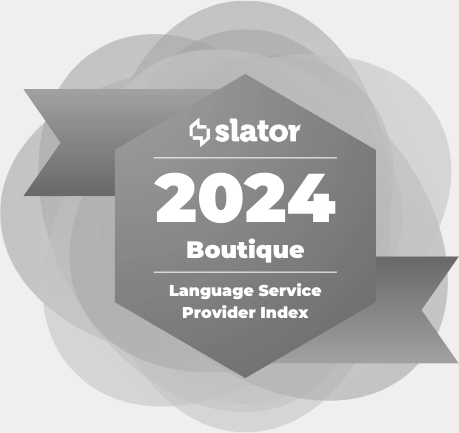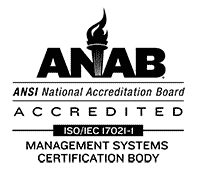4 Ways to Save Money on Simultaneous Interpretation
Interpreters work in a wide variety of settings: businesses during meetings with international executives, in court on a trial, in hospitals for non-English speaking patients, or for public agencies or institutions. While consecutive interpreters wait for a phrase or sentence to finish before interpreting to the client, simultaneous interpreters anticipate what the speaker is going to say and interpret at the same time that the speaker is speaking. Hiring a simultaneous interpreter may seem daunting at first, but follow these five tips to reduce the cost of interpretation for your company or organization.
1.) Check the ASTM International Standards guide. ASTM F2089 recommends using teams of 2-3 interpreters per language pair in each session of continuous interpreting lasting longer than 45 minutes. For continuously interpreted events under 45 min, one interpreter may be sufficient. Rules and regulations vary abroad: in Brazil it is industry standard to have a two hour lunch break, where in Europe a full day is seven or eight hours with a one hour long lunch break. Be sure to research standards in different countries and regions and adhere to them. Following these standards can help you set your budget accordingly.
2.) Try using relay interpretation for hard-to-find language pairs. If you need Hindi<>French simultaneous interpreter, it might be more cost efficient to find someone who speaks Hindi and English and another person who speaks French and English, to use English as the relay language. While this method is less accurate than direct Hindi to French interpretation, it is a good option if you don’t want to pay the cost of travel for a hard-to-find interpreter.
3.) The length of the assignment and the segmentation of the working day all effect how the interpreter will be paid. While most people charge by the hour, after three hours a ½ day rate is charged, followed by a full day rate. Try to schedule continuous segments of interpretation to avoid paying for inactive periods of time.
4.) Discuss overtime charges and travel costs with your interpreter or language services provider beforehand. Read through the cancellation policy and plan your event or meeting accordingly.
While it may seem like a professional interpreter is expensive, it is more costly when your meeting, trial, or medical visit goes awry because of challenges in communication. Choose an interpreter or service provider who understands your budget and does not compromise on quality. For standards on conference interpretation, see the AIIC website.






